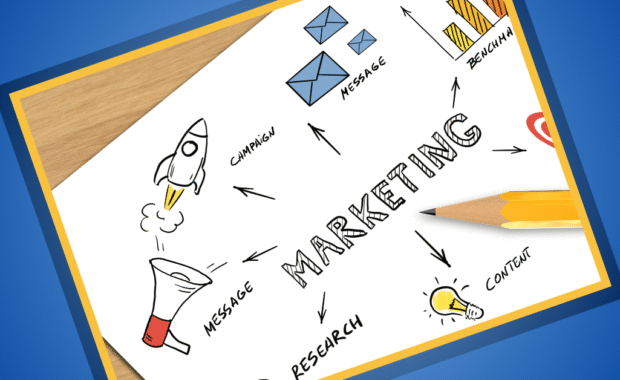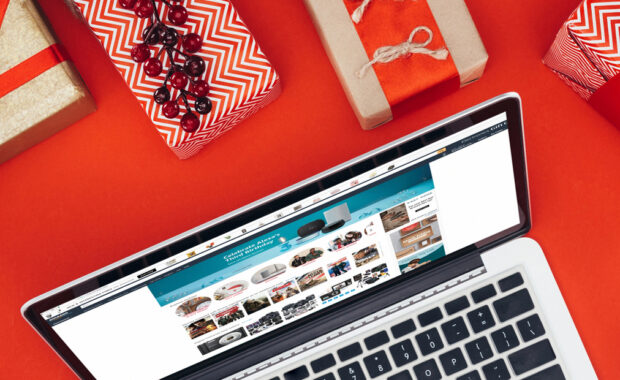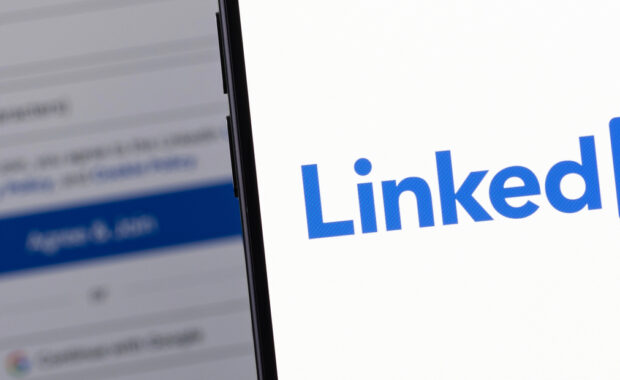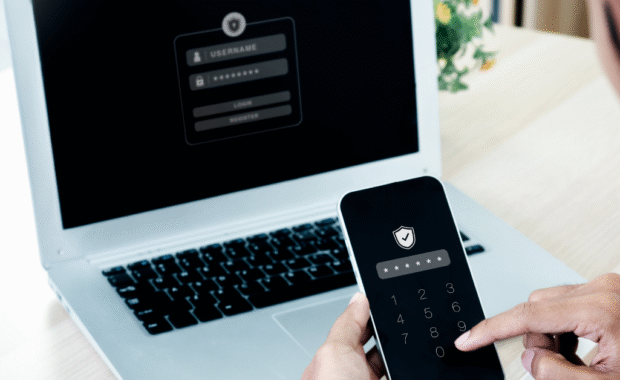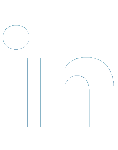
Did you know we have the attention span of a goldfish?
Ten years ago, Microsoft conducted an experiment. Researchers studied the brains of 2,000 humans using EEGs, a test that measures electrical impulses in the brain. They found that since 2000 (when everyone started shifting to “smart” phones), the average attention span has dropped from 12 seconds to 8 seconds. Among people with heavier-than-normal screen time, the attention span dropped even further.
By comparison, a goldfish’s attention span is 9 seconds.
We aren’t going back to pre-2000 when mobile devices were rarely used. We have to deal with the reality of the fact that our customers have the attention spans of goldfish.
That’s why short-form video has become so popular. Reels, TikToks, YouTube shorts, and similar quick videos continue to perform well for many small businesses. While the definition of short video varies from goldfish-length to minutes, there’s a definite trend among businesses to use short-form video for engagement, interactions, and leads.
Let’s take a closer look at how short-form video can be used for your small business.
Why Short-Form Video Works
Short-form video platforms are designed for quick consumption. This allows businesses to reach new audiences organically and with high engagement.
Unlike polished long-form videos or formal digital ads, short-form videos thrive on relatability, giving customers the chance to see the real people behind the brand and foster authentic connections.
They also offer a cost-effective solution for small-business owners who want to harness the power of video without breaking their marketing budgets. Creating a 30-second clip requires far less budget than traditional advertising while still delivering impressive results.
Content That Builds Trust
A great way for small businesses to start using short-form marketing videos is to lean into personal content. What is personal content? It’s when the business owner (or another spokesperson) takes the time to make a quick, personal video.
You can:
- Demo Products: Show how your product works in real life. A quick demo can answer customer questions instantly.
- Provide Behind-The-Scenes Clips: Give viewers a peek into your process, your team, or even your workspace. Transparency builds credibility.
- Share Customer Testimonials: Nothing beats word-of-mouth. Short clips of happy customers sharing their experiences can make a big impact.
Those three types of videos build trust. Customers have to know, like, and trust you before they choose to do business with you. It can be hard to engender trust online; there are so many things competing for your customers’ attention (remember the attention span of a goldfish).
Product demos help customers know about you and your products. Behind-the-scenes clips build likability and trust. Customer testimonials are the gold standard of trust builders, helping new customers feel more at ease with their decision to go with your product or services.
How to Get Started
Your first step is a consultation with Dashboard Interactive Marketing. Just whipping out a few short-form videos won’t do a lot to support your digital marketing efforts. They need to be part of an integrated digital strategy to be the most effective.
We recommend creating the strategy first, then choosing one platform to get started. Don’t spread yourself too thin. Choose the platform where your audience spends the most time.
You don’t need fancy equipment; a simple camera setup with good lighting and sound quality is ideal. Focus on clear visuals and authentic storytelling.
No matter which platform you choose, be consistent and post regularly. Search algorithms reward regular posting. Even one or two videos per week can build momentum.
Lastly, if you receive comments on your videos, be sure to thank the person who posted and respond. Make your audience feel appreciated!
Let’s Talk About Short-Form Video
Short-form video can lead to more leads and sales. It helps newcomers to your company’s website better understand your products or services and know, like, and trust your brand. Best of all, it’s effective while being cost-effective, a win-win for small businesses.
Interested in adding short-form video to your digital marketing strategy? Call Dashboard Interactive at 763-242-2454 and let’s discuss how to get started.


